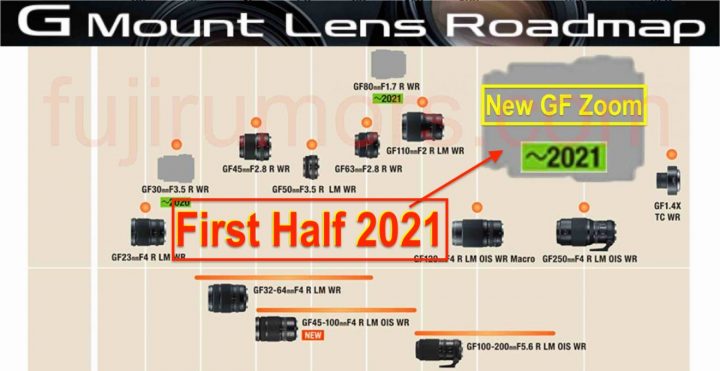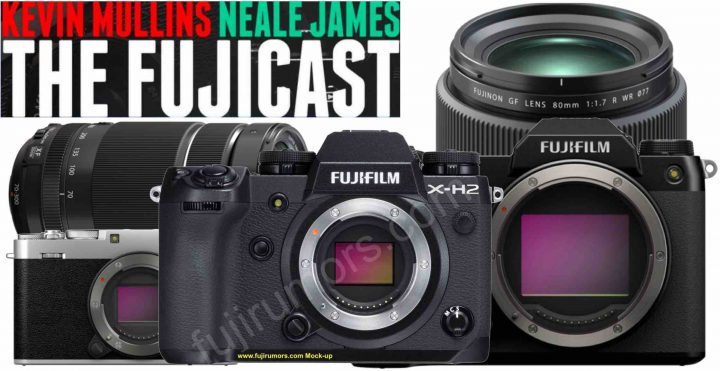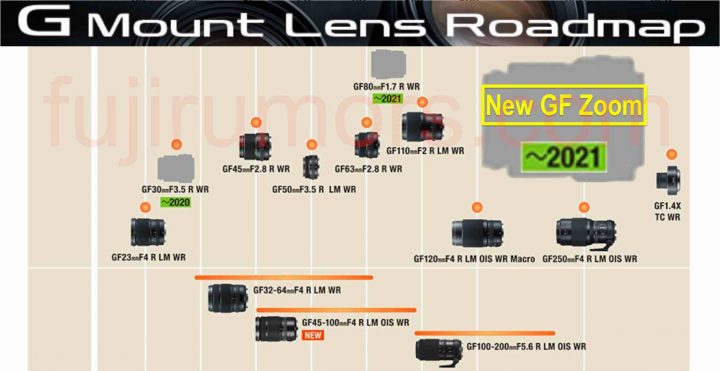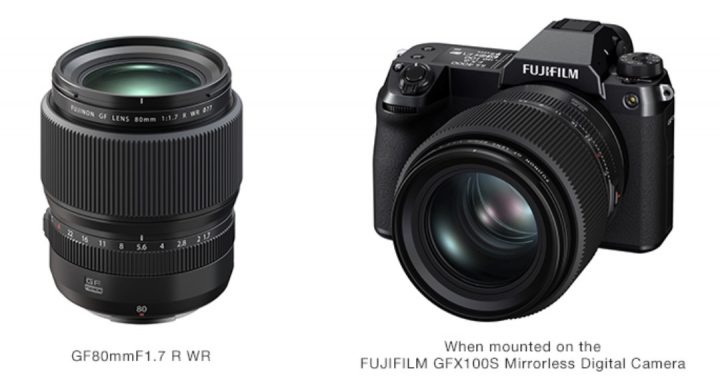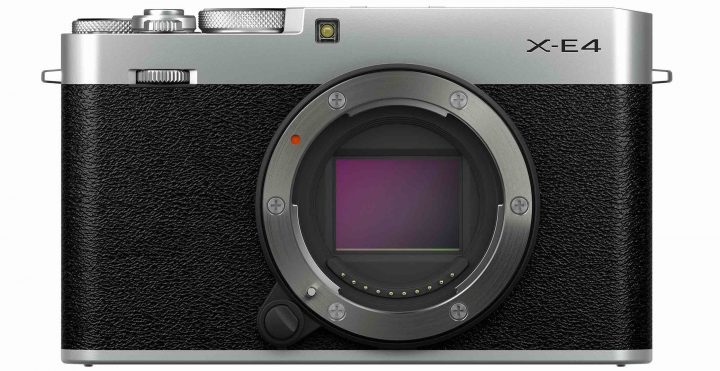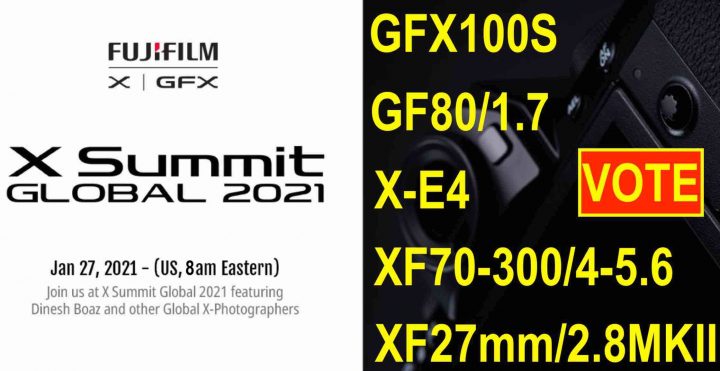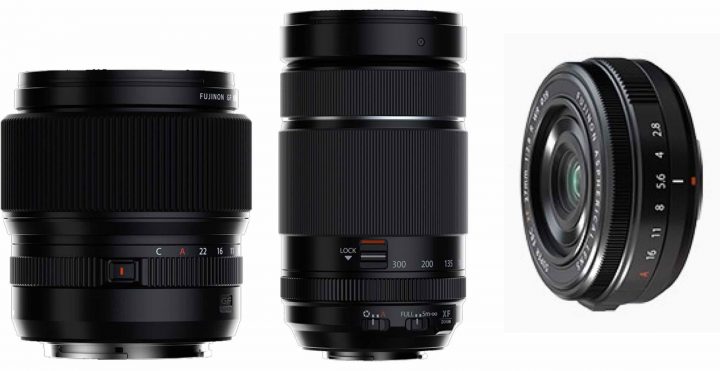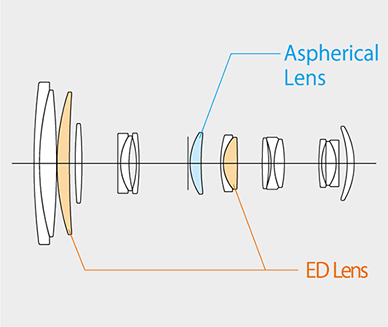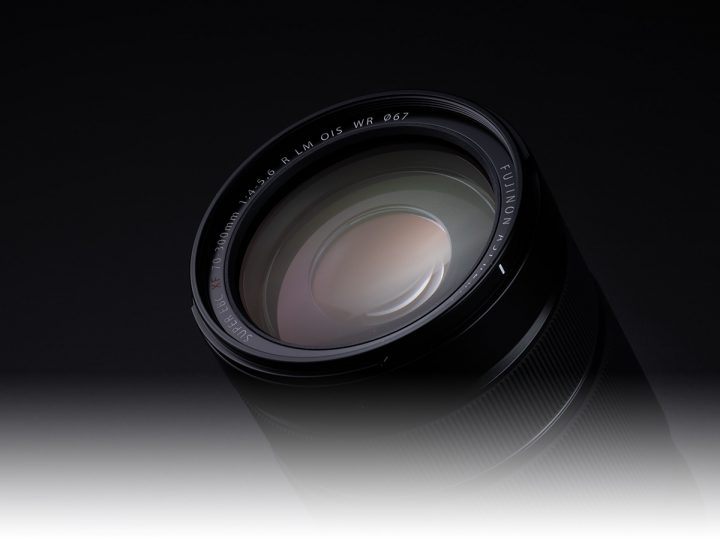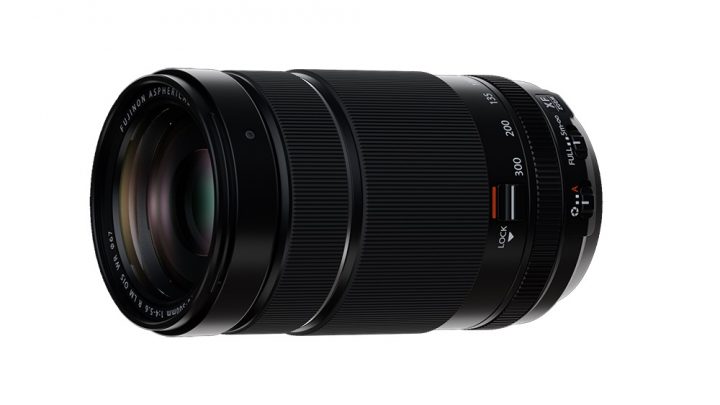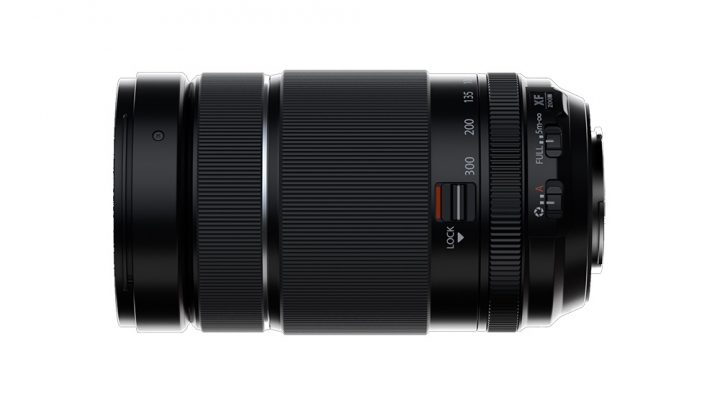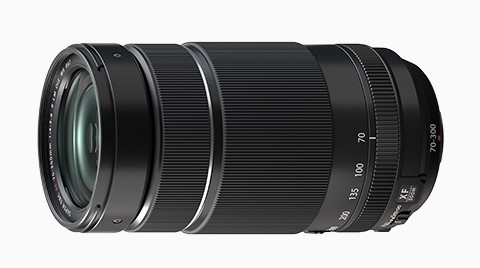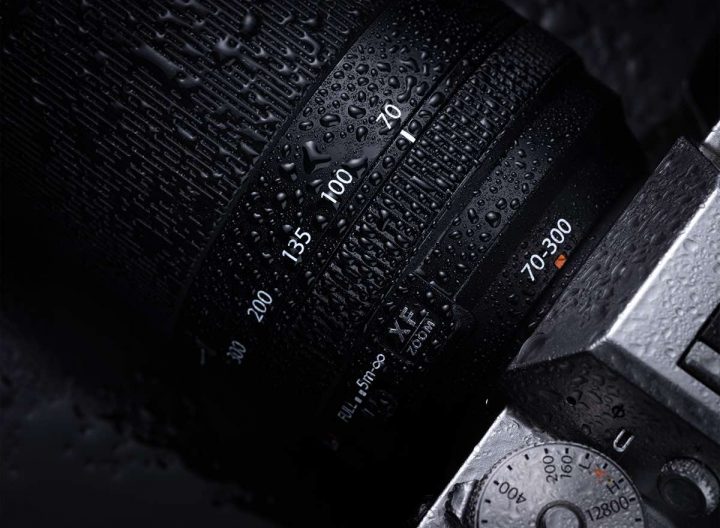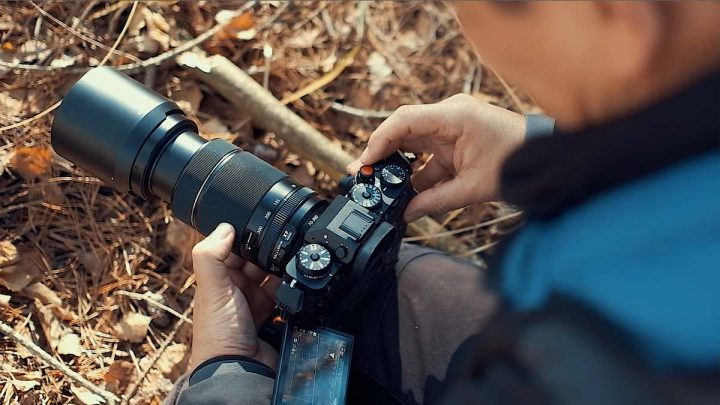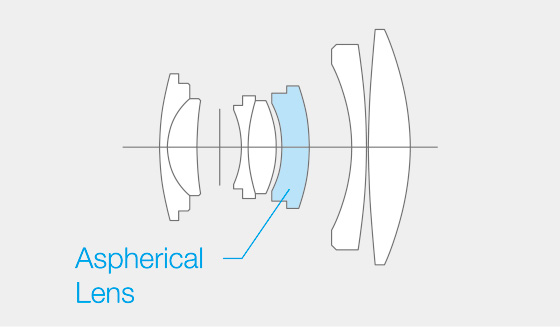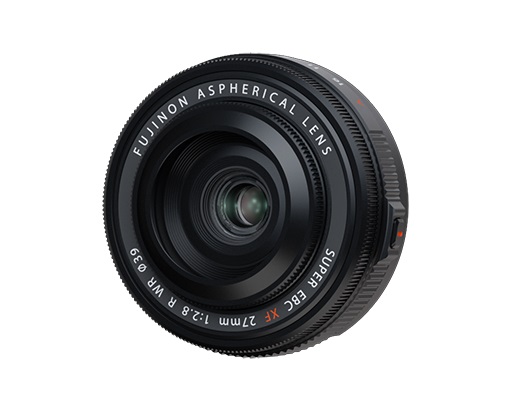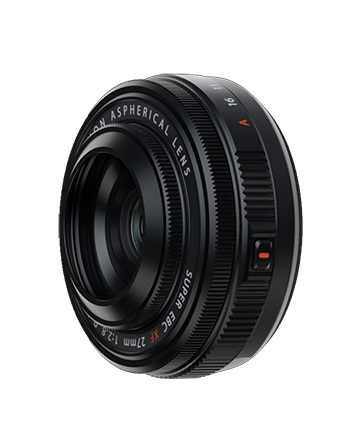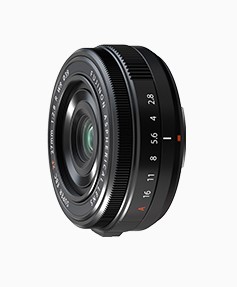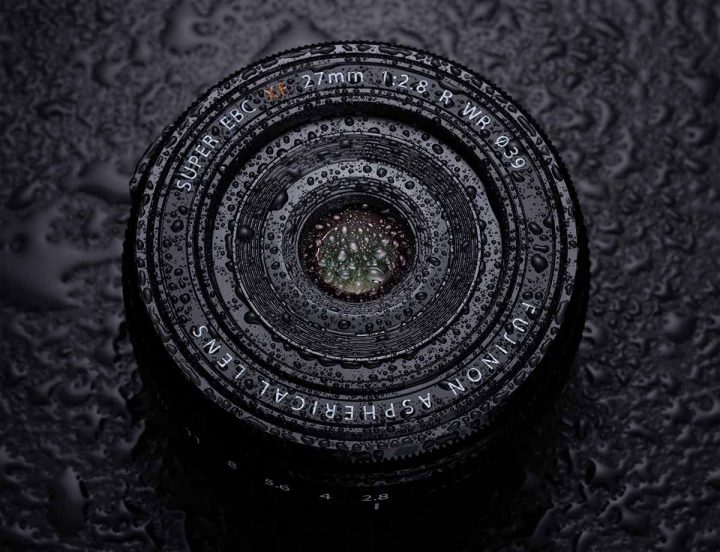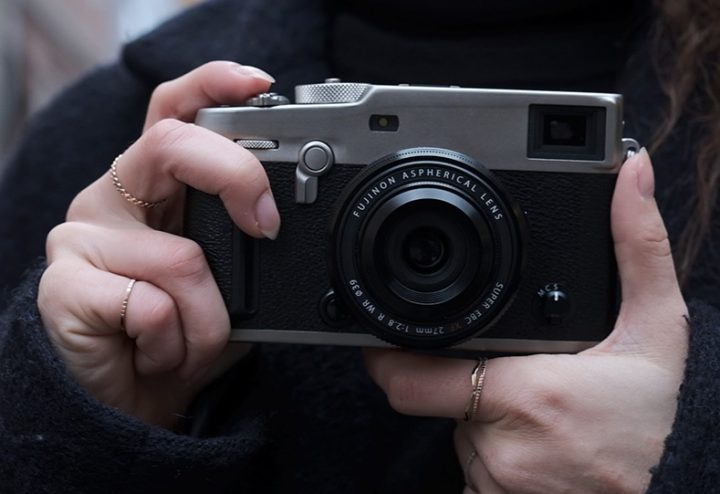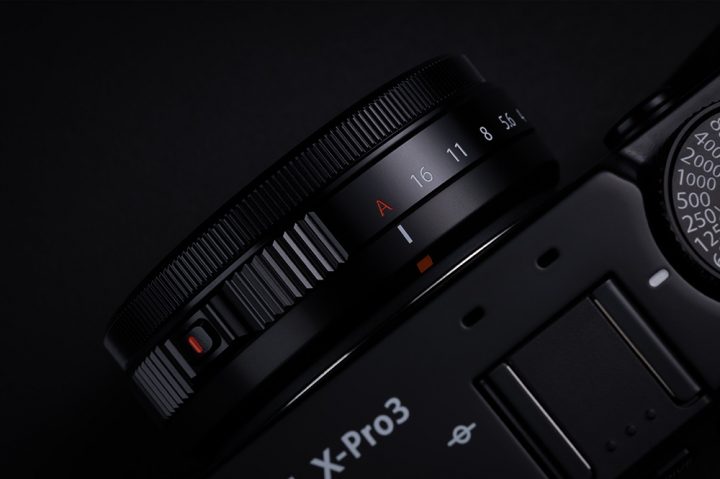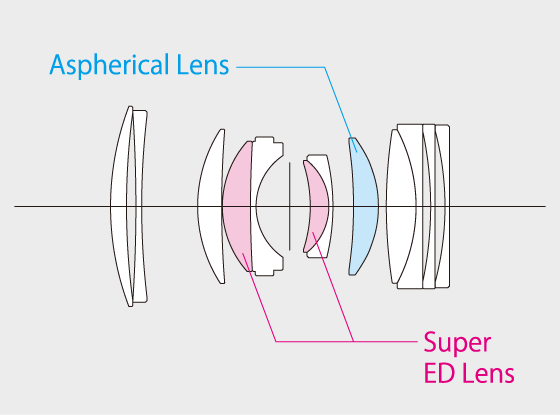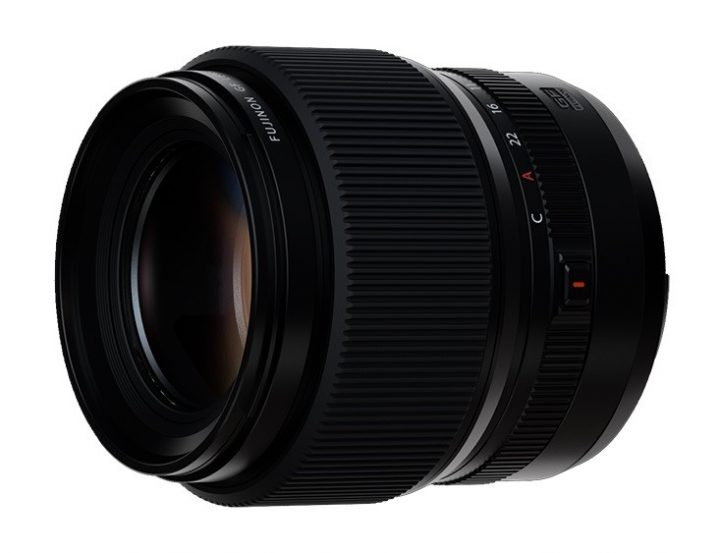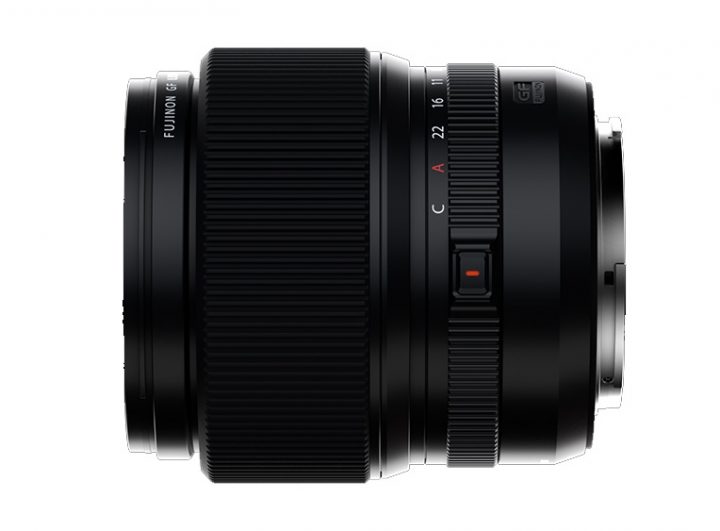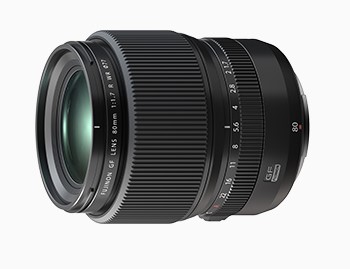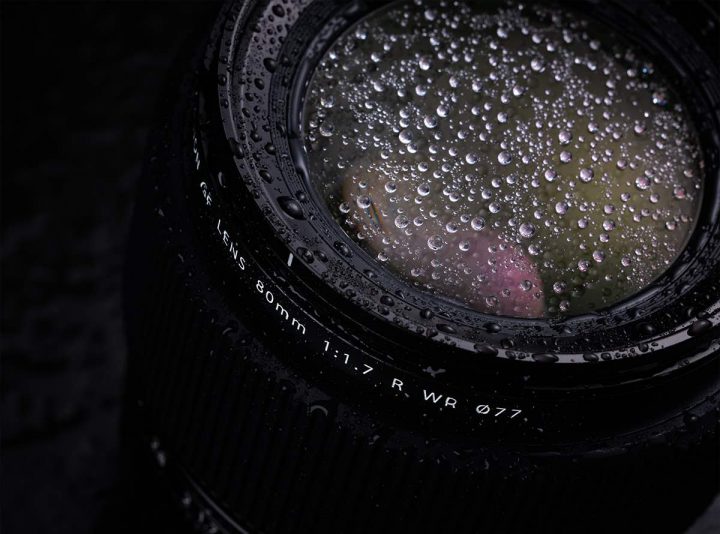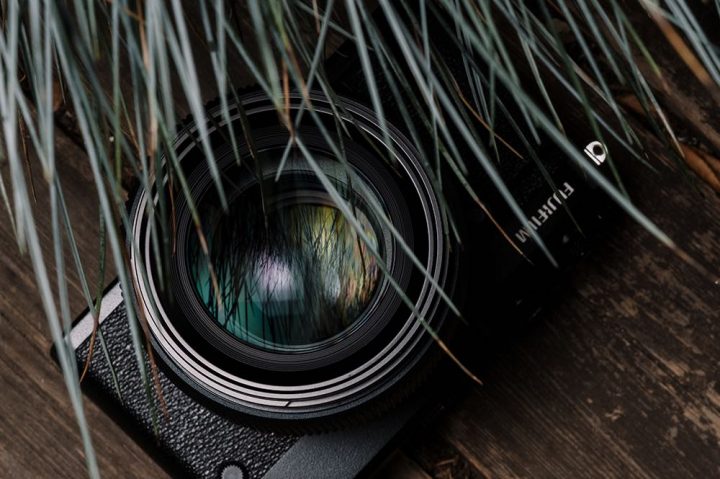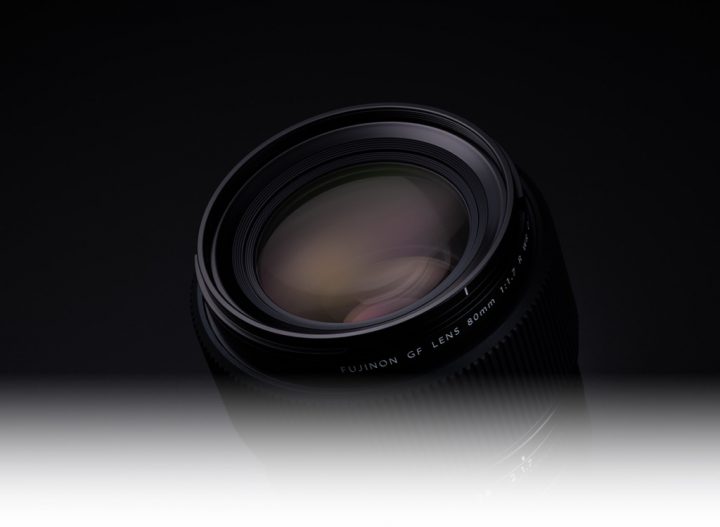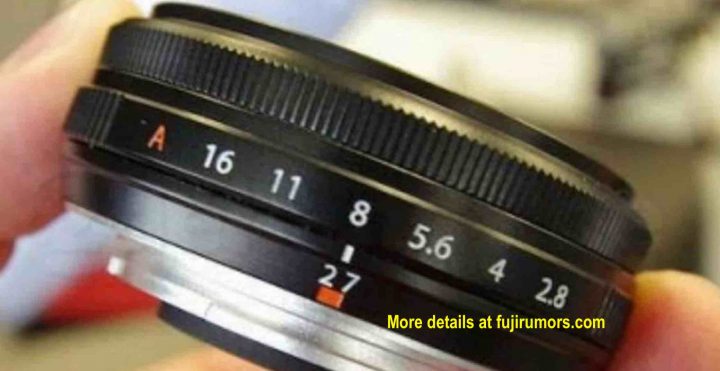Fellow FR-readers,
at the risk of getting emotional, I owe you an update.
I told you a few days ago that I was about to become father. And I noticed that in the comments people rightfully asked if I am father now or not.
The answer is yes.
And faster than any Fujifilm camera can focus, my son became the biggest joy of my life.
It was like all those moments of happiness I missed in my life, that have been taken away from me or that I was not able to catch, all that happiness I’ve lost on my way until today, the universe did not throw that happiness away, but stored it somewhere in a secret place and decided to give it back to me all at once the moment my son was born.
Or to say it in an even more poetic way: it felt so good like Fujifilm would have released the X-H2 ;).
Sadly, though, during the birth and now also in his first days of life, my son has some struggles and he has to fight a little bit. But he is in excellent hands. They check him constantly, and always give him the treatments he needs. I am confident that in a few days, I will finally be able to bring them home.
Images of my baby?
Well, something strange happened.
We were at 4 hours after the birth, when my wife noticed I hadn’t taken a single image. She asked me if did not want to take pictures. That’s why I brought my gear with me, right? After she told me this, I took a few images, but then stopped immediately and told her “I just want to be in this moment now, I’ll take pictures tomorrow!”
This alone, shows the magnitude of the event… I forgot my gear! ;).
Also, I am not teaching anymore because I am on parental leave. Family is my uttermost priority.
So, that was it already.
I am totally happy.
I wish you all the best and see you soon again on FujiRumors :)
Join Our Owners Groups
Join Our Facebook Pages

